A continuation of a trip which started on Sept 10th
Canterbury - 9/10-11 (here)
Sandwich/Dover 9/13 (Here)

The exploration of the South East coast of England, proceeded from Dover , along the coast, driving toward west through Hastings which is mentioned in the previous post
Driving through Hastings
Hastings Pier built in 1872 was enjoying its prime in the 1930
St Leonard -on-Sea an elegant resort seaside town west of Hastings (as of 19c)
The Way from Hastings to Brighton&Hove (about an hour drive)

Brighton

Brighten Palace Pier 1899
The charming seaside resort which is located 47 miles (76 km) south of London is one of the 2 main areas of the city of Brighton and Hove in the county of East Sussex,
Combined, it includes about 500,000 inhabitants and is called the UK's "hippest city" and "the happiest place" to live in the UK
Brighton's location, is renowned for its diverse communities, shopping areas, vibrant cultural, music and arts scene, and its large LGBT population, Thus it has lead to its recognition as the "unofficial gay capital of the UK". -10.7% of the population of Brighton and Hove over the age of 18 identify as gay, lesbian or bisexual, the highest percentage in the entire UK, and it has made the town a popular destination for tourists,

Like many other tourists, the first site we frequented was this 162 m (531 ft)
vertical pier tower experience offering amazing 360-degree views across Brighton,,and from which the South Downs and the English Channel. are also experienced, which was built to honor the memorial of the iconic Brighton landmark - West Pier.
The moving observation tower on Brighton's seafront, opened in 2016 with much hope to attract tons of visitors, and to become familiar picture postcard image, recognizable throughout the world.. However, sadly, this grand costly project has not lived up to the prescribed expectations.
Still, on the lucky beautiful sunny day in which we took the ride up with very few other visitors, the experience definitely satiated our expectations, and the views revealed were really spectacular and justifying the enjoyable adventure..
Brighton i360 Ticket Booth
The view from the top

Regency Square - a sea side upscale development with structures built 1819-1824
Eight miles of beach with its 4 miles promenade gets most crowded in summer

The ruined, now, West Pier which was constructed during the boom in pleasure building, of the 1860s, was opened in 1866. as the town's second pier.
It. was designed by Eugenius Birch to attract tourists to Brighton, was extended in 1893, and a concert hall was added in 1916.

The West Pier popularity began to decline after World War II, and concerts were replaced by a funfair and tearoom. It has become increasingly derelict since its closure to the public in 1975, fell into disrepair and gradually collapsed. Major sections fell into the sea during storms in late 2002. As of 2024 only a partial metal framework remains.
On the West Pier Beach

In the Georgian era, Brighton developed as a highly fashionable seaside resort, encouraged by the patronage of the Prince Regent, later King George IV, who spent much time in the town and who constructed the Royal Pavilion of the Regency era.
The seaside town had become fashionable as a result of the residence of George's uncle, Prince Henry, Duke of Cumberland, whose tastes for fine cuisine, gambling, the theater, and general fast living was shared also by the young prince George, and with whom he lodged in Brighton at Grove House.
George was advised by his physician that the seawater and fresh air would be beneficial for his gout.

Ever since royal party animal George IV (1762 – 1830) fell in love with Brighton back in the 18th C, the city has been a magnet for visitors in search of fun, frolics and fresh sea air.
With its majestic Regency squares and crescents, iconic Royal Pavilion, surrounding gardens and famous piers, today Brighton is as well-known for being a welcoming and diverse city.
Royal Pavilion Historic House/Palace



The spectacular seaside palace and former residence of the Prince Regent George IV transformed by architect John Nash (1752 – 1835 )between 1815 and 1823 ,with its domes and minarets, into one of the most dazzling and exotic buildings in the British Isles.
The Royal Pavilion & Garden mixes Regency grandeur with Indian architecture and Chinese inspired interiors. The Indo-Saracenic style
it was built, was prevalent in India for most of the 19th c
Beginning in 1787, it was built in three stages as a seaside retreat for George, Prince of Wales, who became the Prince Regent in 1811, and King George IV in 1820.
Highlights include: Queen Victoria’s Bedroom - original elegant 19th-c Chinese Export Wallpaper has been reinstated. Elegant dinning room and the kitchen


The Kitchen

George IV's successors William IV and Victoria also used the Pavilion, but Queen Victoria decided that Osborne House should be the royal seaside retreat, for her and Albert, who designed the house in the style of an Italian Renaissance palazzo, thus the Brighton Royal Pavilion was sold to the city of Brighton in 1850, and has served as a museum and tourist attraction
The brimming with decadence and Eastern inspiration, and rich with stories of its former party-loving occupant,, the complex borders by beautiful grounds, a perfect place to stroll through, picnic in the summer or go ice skating in the winter.

The Beautiful Pavilion Regency Garden, in the Pavilion's grounds, has been restored to Nash's original Regency vision, and has a wide variety of plants,
Strolling throughout the garden was a sheer delight as we lucked out on a beautiful warm sunny weather.


During the First World War, the Pavilion, along with other sites in Brighton, was transformed into a military hospital
Since the end of the Second World War, the municipality of Brighton has worked to restore the Pavilion to its state at the time of King George IV, refurbishing the rooms, reinstating stud walls, and creating replicas of some original fittings and occasionally pieces of furniture.

In 2020, management and operation of the Royal Pavilion & Museums' buildings and collections were transferred from Brighton & Hove City Council to a new charity: the Royal Pavilion & Museums Trust.


Right next door t0 the Regency Pavilion is Brighton Museum & Art Gallery, a municipally-owned public museum and art gallery, part of Brighton & Hove Museums.
It was "decorated" by scuffles, closed and under renovations during our visit.
The building which houses the collection is part of the Royal Pavilion Estate.
It was originally built for George IV and completed in 1805. Initially it was intended as a tennis court but had never been finished, and later served as cavalry barracks


In 1860, the adjacent royal stables were converted to a concert hall, now known as the Brighton Dome.
The town used the building as assembly rooms. The Dome is now an arts venue that contains the Concert Hall, the Corn Exchange and the Studio Theater
Situated in the heart of the city, this multi-arts complex offers music, theater dance comedy literature visual arts and films. The 3 venues are linked to the rest of the Royal Pavilion Estate by a tunnel, to the Royal Pavilion in Pavilion Gardens, and through shared corridors to Brighton Museum
Starting as a grandiose riding stables for prince regent the Dome complex has transformed into many functions , place of protest and solidarity for Suffragettes to a refuge for wartime dances in WWI a temporary hospital in WWII and even roller- skating ring

The Royal Stable Exterior was inspired by a Mosque in Delhi - Jama Masjid


Many of the Pavilion's original fixtures and fittings were removed on the order of the royal household at the time of the sale, most ending up either in Buckingham Palace or Windsor Castle.
In the late 1860s, Queen Victoria returned to Brighton large quantities of unused fittings. George V and Queen Mary returned more furnishings after the First World War.
The building is very impressive and local volunteers guide the visitors and willingly answer any questioned raised.
Brighton also has a rich prehistoric legacy which dates back to the Bronze Age, Roman Anglo-Saxon, Medieval and more recent traces of human impact on the landscape,
The town's importance grew in the Middle Ages as the Old Town developed, but it languished in the early modern period, affected by foreign attacks, storms, a suffering economy and a declining population..
Brighton became more accessible to Londoners by rail in 1841, and grow as a major center of tourism, increasing its popularity and destination for day-trippers from London, following the improved road transport, It also become a boarding point for boats traveling to France. Furthermore the town developed in popularity as a health resort for sea bathing as a purported cure for illnesses.

Among the many major attractions built in the Victorian era, included are:
the Grand Hotel, the Hilton Brighton Metropole, the Palace Pier and the West Pier.
The historic Grand Hotel was the one we stayed at ( 97-99 Kings Rd) , and also enjoyed dinning at its restaurant
Originally It was intended for members of the upper classes visiting the town, however long no longer...nor it is as grand..
The iconic historic beautiful seafront hotel situated on the stunning backdrop of the South Downs, opened in 1864 and celebrated as the original ‘Palace By The Sea’.

This Victorian architectural brilliance, was masterfully designed by the celebrated architect John Whichcord Jr. on the site occupied previously by the West Battery at Artillery Place, one of Brighton's 18th-c coastal fortifications.
The hotel's impressive facade, ornate interiors, and 201 beautifully designed rooms stretch over 7 floors and set around the original dramatic sweeping staircase.
Among its advanced engineering features at the time was the ‘Ascending Omnibus’, a hydraulically powered lift powered by cisterns in the roof. This was the first lift built in the United Kingdom outside London.
From the 1990 the hotel has belonged to the De Vere Group, which refurbished it.
The hotel has hosted many famous guests, including ABBA, who stayed there following their 1974 Eurovision Song Contest win, with their performance of 'Waterloo'.
During the 1984 Conservative Party conference, the hotel was bombed by the Provisional Irish Republican Army (IRA) in an attempt to assassinate the Prime Minister, Margaret Thatcher.
As of 2011 the Grand Hotel was inducted into the Brighton Walk of Fame and is only the third structure in Brighton to be recognized by the Walk of Fame committee
More Iconic Structures at Sea site and City Center
St Paul Church at West St. Clock tower at the top of North St.
Brighton Clock Tower or the Jubilee Clock Tower was built for Queen Victoria's Jubilee in 1887 and completed in 1888.
After exploring the sea-side promenade, the regency complex, and town's center venturing to Brighton's enchanting nature surroundings, was most inspirational

Brighton also borders the magnificent South Downs National Park, in the middle of a UNESCO World Biosphere Region, exposing a chalk hill range that stretches from Hampshire to East Sussex which is itself an International Dark Sky Reserve.


The Downs are a high area of hills around and above Brighton, part of the South Downs, that are known for their scenic pastoral beauty.
The rolling down-land, reveals, gentle rolling hills, picturesque villages, stunning coastline, wildlife, grasslands, woodlands.(many Oaks) and stunning unique landscapes,of steep scarps, coombs, deans and lynchets of .



The Dawns were once covered in a fence-less pasture with wildflowers and grasses,


A deep V-shaped valley just five miles north of Brighton, offers stunning panoramas, a curious history and England's most colorful habitat.on the South Downs.
Wonderful trails for walking, a popular Pub and adventurous Gliding, can all be found at the site



Driving about 20 minute East along the coast the picturesque historic village of Rottingdean was worth visiting.
The Black Horse-1513., the oldest entire building in Rottingdean on High Street


is a small historic village, in the city of Brighton and Hove, with its own beach, just a five minute walk from the village, where Rudyard Kipling (1865- 1936) English journalist, novelist, poet, and short-story writer, once lived
A postcard of Kipling's Rented House (

The Elms- built around 1750,, , situated on The Green facing the village pond.

A mock-Tudor building from 1930 on High Street, in need of complete renovation which used to be a Pub with this catching name
The quint village is dotted with attractive cosy cottages impressive manicured gardens and pretty duck pond,
There are a few warm and quint pubs, some tea rooms and a few other small shops and cafés
The village's history started 2500 years ago with the settling of Neolithic inhabitants followed by Bronze to Celtic Iron Age, from Roman (43 AD) to Anglo-Saxon raiders, all who probably worked the same fields.
In 1066, the Normans invaded. The new king, William the Conqueror, rewarded his followers with land. In 1377, during the Hundred Years War, French forces attacked Rottingdean.
In the 17th c, the rise of the Quaker movement with a number of the villagers becoming ones lead to confrontations. Their beliefs and codes of behavior troubled with authority..
For most of its history Rottingdean was a farming community, and a center for hunting,
Its inhabitants for a long time were also involved in smuggling. Wool would be smuggled out, and tea, spirits, tobacco and lace would be smuggled in.
But from the late 18th c it attracted leisured visitors wanting a genteel alternative to raffish Brighton, among them people famous in English cultural life.
Rottingdean's white Rocky Coast

The walk along the beach by the tall white chalk wall is truly impressive


Brighton&Hove has the fifth largest Jewish community in the U.K, and there exists a local Jewish Representative Council, which now covers all of Sussex.
In the 20th c there were five synagogues in Brighton and Hove. of various currents: Orthodox, Liberal Reformed and Progressive in addition to other Hebrew institutes

The first record of a Jewish resident in Brighton was in 1766 and the earliest
Synagogue in Jew Street was established in 1792.
The Brighton Regency Synagogue (orthodox) was built in 1824 but sold fifty years later, has since been converted into an apartment building.
The Middle Street Synagogue which was built in 1875 was the main Jewish place of worship in Brighton &Hove
Hove Hebrew Congregation Middle St Synagogue Brighton &Hove Reform
Jews settled in the famous vacation Brighton beach town from the mid-18th c
The Goldsmids and the Sassoon are among the famous Jewish families who stayed there regularly. The Sassoon family, dominated the resort's social life in the late Victoria and Edwardian eras and were particularly friendly with the Prince of Wales, later to become King Edward VII. . They also contributed to many institutions and social activities, as well as to the construction of a synagogue.
A 1968 census indicates that there were 7,500 Jews in Brighton Hove at the time.
In 2022, the situation seems to be more pessimistic. The Jewish population has been aging and kosher shops have gradually been closing.
There are believed to be around 2,700 Jews in Brighton and Hove today.

Holocaust Memorial at Brighton Meadow view Jewish Cemetery
There are 3 Jewish cemeteries in Brighton & Hove.
The Florence Place Old Jewish Burial Grounds , the oldest opened in 1826. Then, the Meadow View Jewish Cemetery , an Orthodox cemetery built in 1920.
And finally sections of the Hove Cemetery where non-Orthodox Jews are buried
To be Continued..



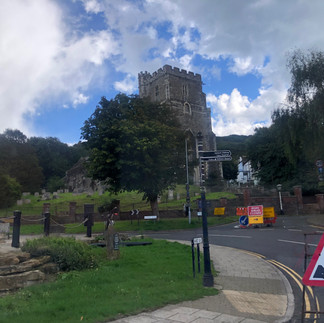









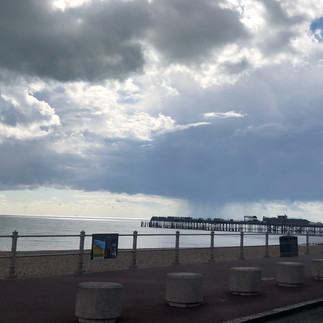



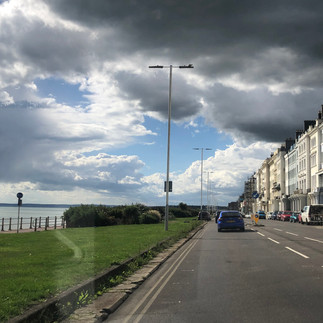



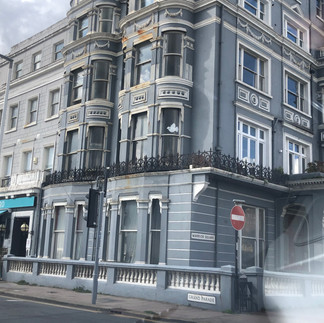











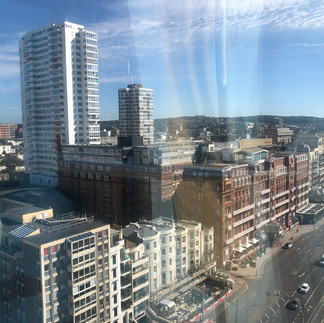



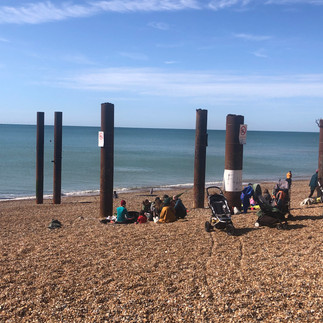

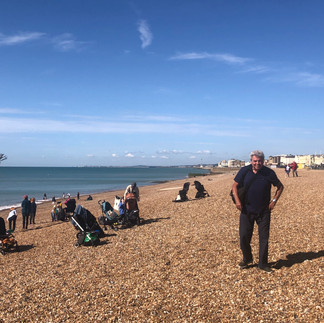



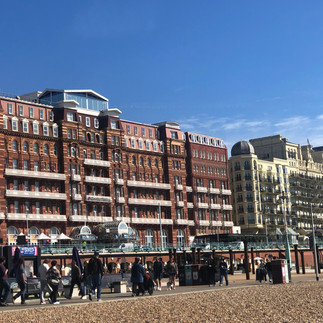








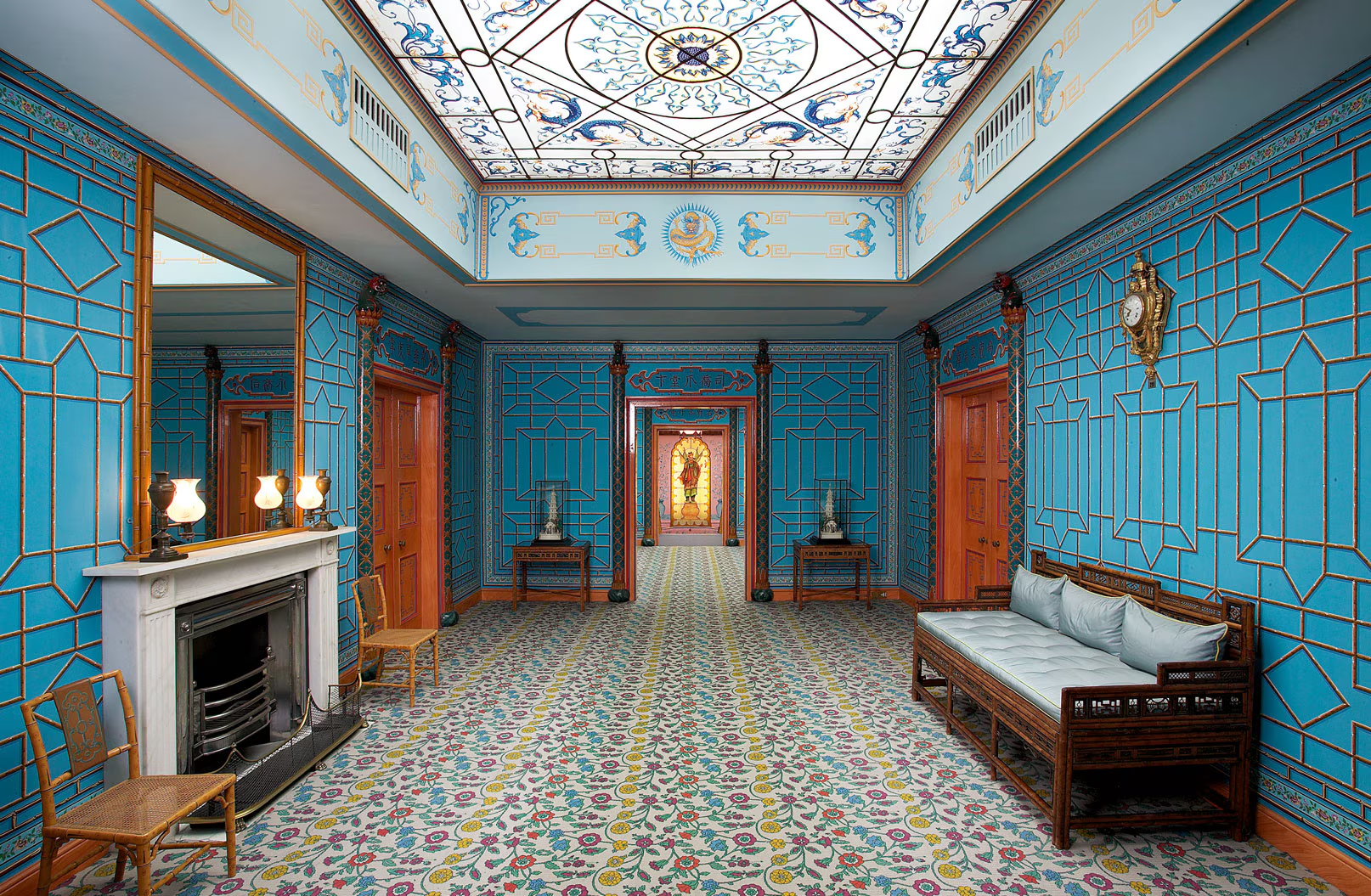





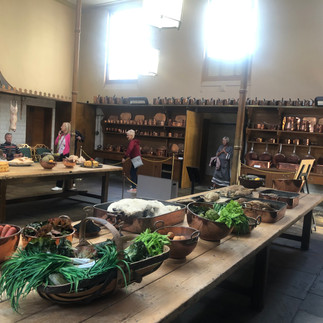







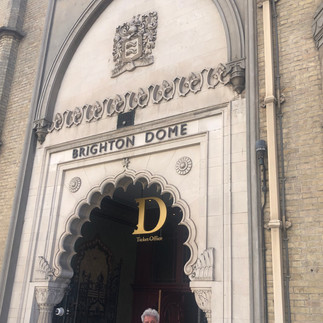














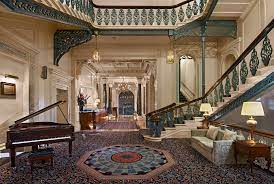











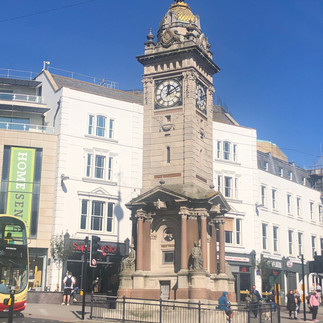
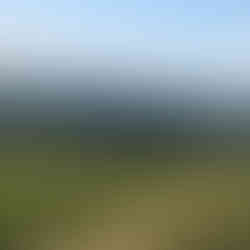






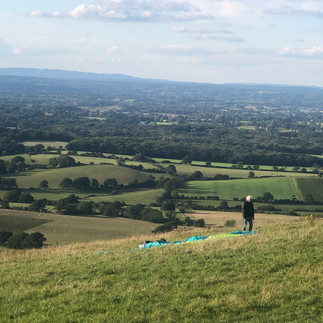





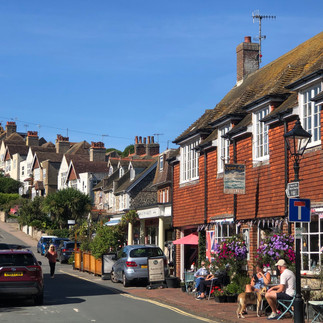













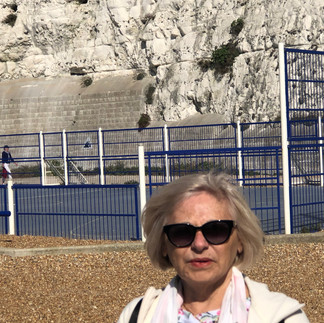



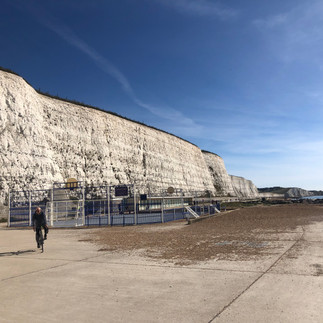










Komentáře